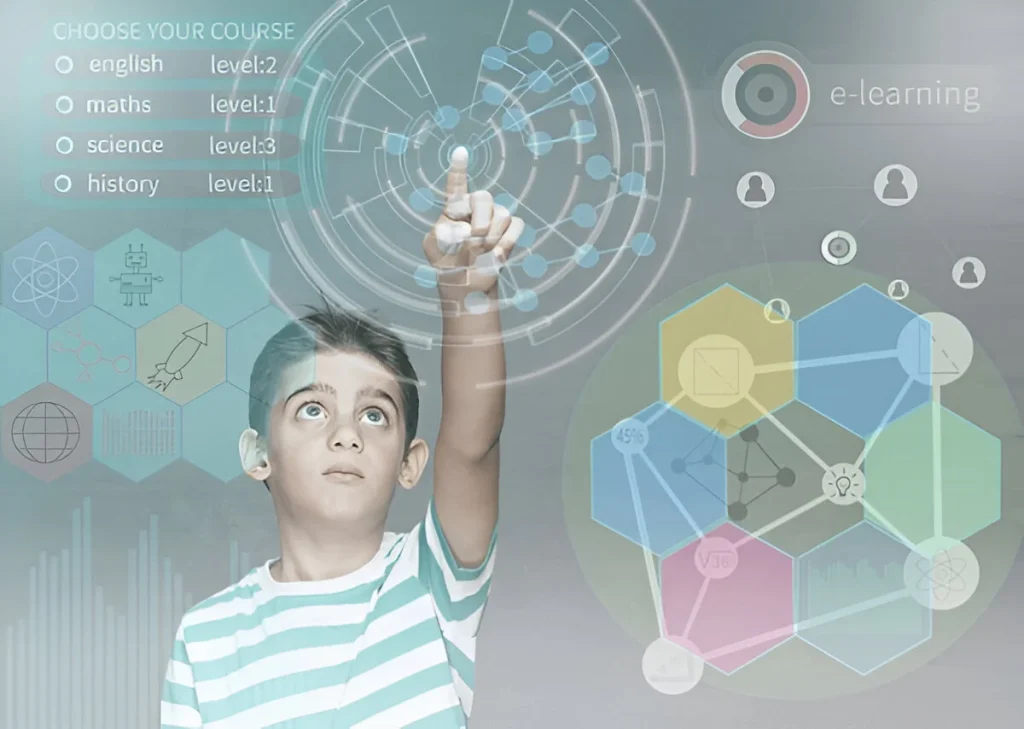
By User
24.03.2025
Latest Trends in Education are transforming how students learn. Explore key innovations and discover how the Best Commerce Class in Jaipur supports modern learning.
Education has undergone a massive transformation over the past decade. What once relied solely on textbooks and chalkboards has now evolved into a dynamic ecosystem of digital tools, interactive platforms, and innovative teaching methods. Staying updated on the latest trends in education is crucial for students, teachers, and parents who wish to maximize learning outcomes in today’s fast-paced academic world.
Understanding these trends not only enhances classroom experiences but also equips learners with skills necessary for future careers.

One of the most significant shifts in education technology is the adoption of digital classrooms. Traditional boundaries of physical classrooms are fading as more institutions embrace online learning tools.
Digital classrooms enable personalized learning, allowing students to progress at their own pace and revisit challenging topics as needed.
Gamification integrates game mechanics into education, making learning both fun and effective. Students can now benefit from apps that reward progress, track achievements, and encourage healthy competition.
Benefits of Gamified Learning:
Popular apps are now focusing on subjects like mathematics, commerce, and science, aligning with curriculum standards while maintaining an interactive learning experience.
AI is redefining how educators understand and respond to student needs. From adaptive learning platforms to AI-powered tutoring systems, technology is making education more personalized than ever.
AI Applications in Education:
The integration of AI ensures that students receive the right support at the right time, fostering academic success.
Immersive technologies like VR and AR are bringing abstract concepts to life. Whether it’s exploring historical sites virtually or visualizing complex commerce concepts, these tools enhance comprehension and retention.
Advantages of VR and AR in Education:
These technologies are increasingly being incorporated in classrooms to make learning more engaging and effective.
With smartphones becoming ubiquitous, mobile learning has become a cornerstone of modern education. Microlearning—short, focused lessons designed for quick consumption—is especially popular.
Benefits of Mobile and Microlearning:
Apps for commerce students, for instance, now offer mini-quizzes, financial simulations, and interactive case studies to supplement traditional classes.
Cloud technology has revolutionized the way students and educators access resources. Platforms now offer everything from assignment submission to collaborative projects online.
Key Benefits:
This technology ensures seamless learning experiences across geographical and logistical barriers.
Keeping up with the latest trends in education has several tangible benefits:
By integrating these trends, students can prepare for competitive exams and practical real-world scenarios simultaneously.

Q1: How does AI improve personalized learning?
AI systems track student progress, adapt content to learning pace, and recommend resources based on individual needs.
Q2: Can gamification help with exam preparation?
Yes, gamified apps reinforce key concepts, making repetitive practice more engaging and motivating.
Q3: Are VR and AR suitable for all subjects?
While they excel in science, history, and commerce simulations, they can be adapted creatively across many disciplines.
Q4: What are the risks of relying too much on mobile learning?
Overuse can lead to screen fatigue. Balancing digital learning with offline study is essential.
Q5: How can parents support students with digital classrooms?
Monitoring screen time, providing a structured schedule, and encouraging active participation are key strategies.
The latest trends in education are reshaping how students learn, understand, and apply knowledge. From AI-driven platforms and gamified learning to immersive VR experiences and cloud-based collaboration, technology empowers learners to achieve academic excellence.
For students aiming to excel in commerce and related subjects, blending traditional classroom instruction with these digital innovations ensures a comprehensive and effective learning journey. And for personalized guidance and structured support, institutions like such as Acharya Dronacharya Classes, provide expertly designed programs that integrate modern educational trends with proven teaching methodologies.